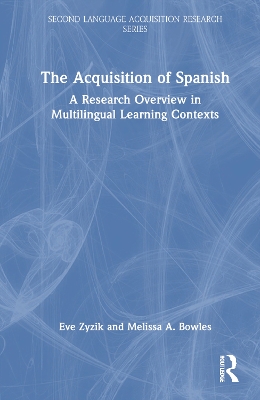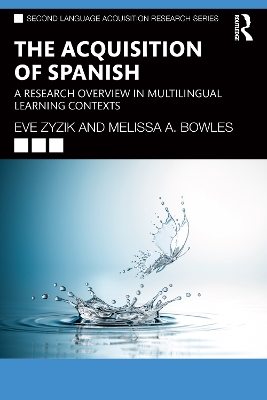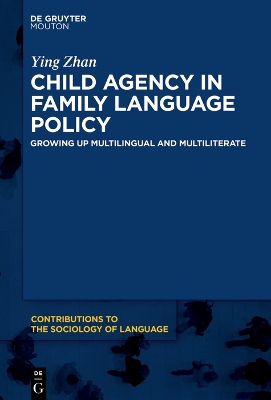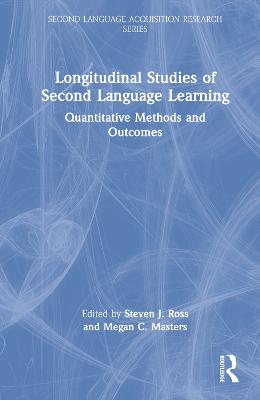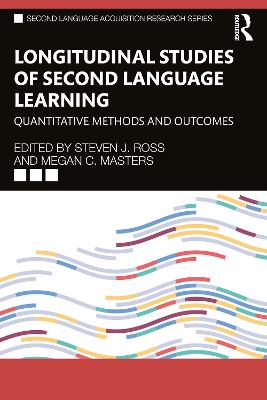Typical and Atypical Language Development in Cultural and Linguistic Diversity
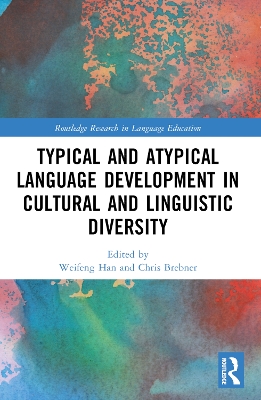 portes grátis
portes grátis
Typical and Atypical Language Development in Cultural and Linguistic Diversity
Han, Weifeng; Brebner, Chris
Taylor & Francis Ltd
12/2024
262
Mole
9781032169682
Pré-lançamento - envio 15 a 20 dias após a sua edição
Descrição não disponível.
Introduction. 1. Early bilingual acquisition: The effects of home language typology on learning English inflectional morphology. 2. The role of lexical tones in bilingual language processing: evidence from a typing task. 3. Beyond relative clauses: The development of noun-modifying clause constructions in Cantonese. 4. Is object relative clause comprehension particularly sensitive to quantity of language exposure in sequential bilingual children?. 5. Language acquisition at the syntax-semantics interface: Definiteness restrictions in L2 French and L3 English. 6. Acquisition of definiteness marking in L2 Mandarin Chinese by English native speakers: A perspective from syntax-pragmatics interface. 7. A longitudinal exploration of the presence of a bilingual advantage in children. 8. Associations among oral narrative language measures for Indigenous and non-Indigenous Australian children in their first year of school. 9. Grammatical profiles of Mandarin-English bilingual children at risk for developmental language disorder. 10. Bidialectal CALD learners of English: Implications on bilingual language disorders and differential diagnosis. 11. Heritage language status, use and maintenance in culturally and linguistically diverse contexts. 12. The development and pilot of a dynamic assessment of word learning skills. Index
Este título pertence ao(s) assunto(s) indicados(s). Para ver outros títulos clique no assunto desejado.
Bilingualism;Multilingualism;Language Education;Typical language development;atypical language development;cultural and linguistic diversity;CALD;multilingual teaching and assessment;Speech - Language Pathologists;Mandarin English Bilingual;Bilingual Children;L3 English;NAPLAN;Syntax Semantics Interface;Heritage Language;Bilingual Advantage;Sequential Bilingual Children;L2 Mandarin;DA;Cantonese English Bilingual Children;Relative Clause;DLD;Bilingual Children's Language Development;Home Language;TD Peer;Word Learning Skills;Cross-language Activation;Limited L2 Exposure;MLE Approach;Strong Quantifiers;TD Group
Introduction. 1. Early bilingual acquisition: The effects of home language typology on learning English inflectional morphology. 2. The role of lexical tones in bilingual language processing: evidence from a typing task. 3. Beyond relative clauses: The development of noun-modifying clause constructions in Cantonese. 4. Is object relative clause comprehension particularly sensitive to quantity of language exposure in sequential bilingual children?. 5. Language acquisition at the syntax-semantics interface: Definiteness restrictions in L2 French and L3 English. 6. Acquisition of definiteness marking in L2 Mandarin Chinese by English native speakers: A perspective from syntax-pragmatics interface. 7. A longitudinal exploration of the presence of a bilingual advantage in children. 8. Associations among oral narrative language measures for Indigenous and non-Indigenous Australian children in their first year of school. 9. Grammatical profiles of Mandarin-English bilingual children at risk for developmental language disorder. 10. Bidialectal CALD learners of English: Implications on bilingual language disorders and differential diagnosis. 11. Heritage language status, use and maintenance in culturally and linguistically diverse contexts. 12. The development and pilot of a dynamic assessment of word learning skills. Index
Este título pertence ao(s) assunto(s) indicados(s). Para ver outros títulos clique no assunto desejado.
Bilingualism;Multilingualism;Language Education;Typical language development;atypical language development;cultural and linguistic diversity;CALD;multilingual teaching and assessment;Speech - Language Pathologists;Mandarin English Bilingual;Bilingual Children;L3 English;NAPLAN;Syntax Semantics Interface;Heritage Language;Bilingual Advantage;Sequential Bilingual Children;L2 Mandarin;DA;Cantonese English Bilingual Children;Relative Clause;DLD;Bilingual Children's Language Development;Home Language;TD Peer;Word Learning Skills;Cross-language Activation;Limited L2 Exposure;MLE Approach;Strong Quantifiers;TD Group

